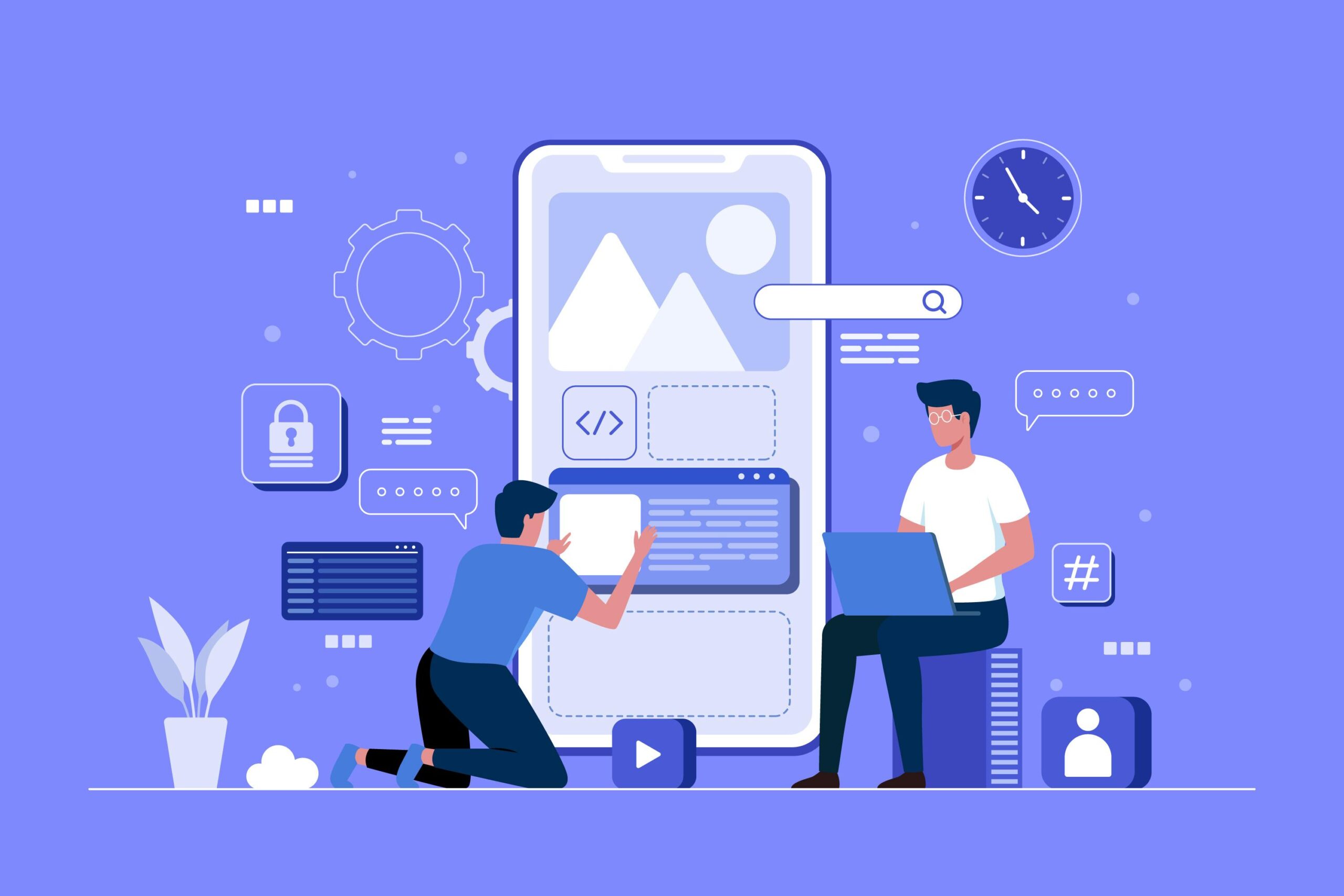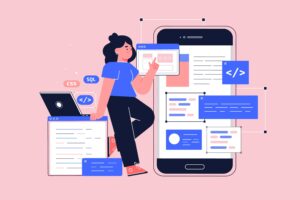
Aren’t you interested in UX design and how to get into it? Good news: you are not alone! UX (User Experience) design is the hot thing right now and never has there been a better time to get in. Whether you just graduated, are changing careers, or are just looking, everything you need to know in regard to commencing your journey to how to Start a Career in UX Design. From learning the various skills to creating your first UX portfolio, everything is covered. Ready to go? Let’s roll.
What is UX Design, Really?
But first things first: let’s define what UX design absolutely means. UX stands for User Experience, and it’s about giving users digital experiences that are easy, intuitive, and fun to use-from apps, websites, and dashboards to anything else that can be digitally interacted with.
It is, above all, about problem-solving: like a digital architect designing layouts, testing user behavior, and tweaking until it feels just right.
Why Choose a UX Design Career Path?
UX design is considered one of the career paths that are very flexible and creative while constantly changing. The demand for UX talent is huge. From startups to tech behemoths, everybody needs someone who can create seamless digital experiences.Here’s why it is a hot choice:
- Very much in demand in the job market
- Competitive salaries
- Good balance in creativity and analysis
- Remote working possibilities are there
- Continuous learning and growth
Step-by-Step Guide to Start Your Career in UX Design
Let’s break it down into clear steps so you can start strong and stay focused.
1. Understand What UX Designers Actually Do
Understanding the job before doing it. What are you up to, UX designers? User research understanding what users require wireframe, prototype visualization, usability tests to know how well everything works and work closely with UI designers, developers, and the teams. It is a job that mixes psychology, technology, and design to create a very inventive and analytical job at the same time.
2. Learn UX Design from the Ground Up
There’s no requirement for the highfalutin degree to start with UX design. There are lots of courses-for-beginners available online. One can learn everything from these courses. Some of the beginner-friendly courses are Google UX Design Certificate on Coursera, Interaction Design Foundation, LinkedIn Learning, and FreeCodeCamp.
3. Master the Right UX Design Tools
Let’s face it, tools matter. Here’s a quick look at the most common ones:
| Tool | Use | Beginner Friendly? |
| Figma | Wireframing, prototyping | Yes |
| Adobe XD | UI/UX design, prototyping | Yes |
| Sketch | Interface design | Mac only |
| InVision | Prototyping, collaboration | Yes |
| Miro | Mind mapping, research | Yes |
Start with one or two and get comfortable—Figma is a favorite among beginners.
4. Start Small and Practice Daily
Theory is just theory; practical applications are of utmost interest! Try to redesign an app you are regularly using. What works, what doesn’t, and how would you fix the problems? Need ideas?
- Redesign a login page.
- Sketch out an easy e-commerce checkout.
- Reimagine a website for local news.
5. Build Your UX Design Portfolio
No one is hiring a UX designer without seeing his work, so it is important to have a strong portfolio of UX designs. The portfolio should include 2-3 good case studies that demonstrate the problem, your solution, and your process during the course of the project. Include sketches, wireframes, and final prototype, highlighting what you learned over the time.
6. Connect with the UX Community
At first, UX design can feel solitary, but there are nice people in the community. Join groups such as the following:
- Reddit’s UX Design
- UX Collective (Medium)
- Local UX meetups or conferences
- Slack-based communities like Designer Hangout
- It’s this networking that can provide you very vital mentorships, internships, or job referrals.
7. Apply for Internships or Entry-Level Role
The moment you have gained some basic knowledge and have built a small portfolio is an excellent time to start applying for opportunities. Look for UX internships, entry-level UX designer jobs, freelance opportunities on Upwork or Fiverr, or volunteer for NGOs or startups. These experiences assist you in acquiring real-life skills and provide networking opportunities.
8. Prepare for UX Design Interviews
UX interviews are unique—they test your design thinking, not just your skills. You might face:
- Design challenge (live or take-home)
- Behavioral questions
- Portfolio walkthrough
- Whiteboard exercises
9. Keep Learning—Always!
UX emerges and shapes itself, molding between newer tools, methods, trends, etc. It has become customary for the aspirants to continuously check UX blogs such as the Nielsen Norman Group; follow through other mediums like YouTube or podcasts for professional insight into UX; and keep a lookout on LinkedIn for experienced designers and their thoughts.
10. Grow Into Your Ideal UX Role

Once you’re in, you’ll discover paths like:
- UX Researcher
- Interaction Designer
- Product Designer
- UX Strategist
- UX Writer
You can specialize or become a generalist—it’s your choice!
Beginner UX Designer Tips for Success
- Start small, but think big
- Focus on real problems, not flashy designs
- Be open to feedback
- Learn to explain your design decisions
- Document everything you do
The Future of UX Design Job Opportunities
The digital world is evolving swiftly, and consequently, UX design job opportunities are expanding across an increasingly wide range of industries. Skilled UX designers are in high demand not only in tech and SaaS companies but also in industries such as healthcare, FinTech, e-commerce, and even the government and educational sectors.
Conclusion: Your UX Journey Starts Today
So just like that, you have all the information to know everything about commencing a career in UX design. The best part is that you don’t need a degree in design or experience of more than a few years. Instead, you need curiosity, perseverance, and just a dash of imagination.
First, get learning, build up a portfolio, network with others, and fearlessly fail forward. The UX world opens wide-and your first step starts right now.
FAQs
Do you require a degree for becoming a UX designer?
Nope! Many exceptionally successful UX designers are self-taught, while some have come from unrelated fields.
How long does one learn UX design?
It depends on how fast one is, but for most people, a solid foundation can be built over a span of six to twelve months.
Is UX design more technical or creative?
It is a balance of both. Problem-solving is the creative aspect, while technical know-how is the basic aspect.
Can I work from home as a UX designer?
Definitely. Most UX positions permit or fully support remote and hybrid working styles.
What is the average salary for a beginner UX designer?
Entry-level UX designers usually get paid between $55,000 to $75,000 per annum in the U.S., but it varies from place to place and company to company.